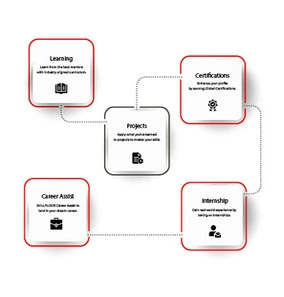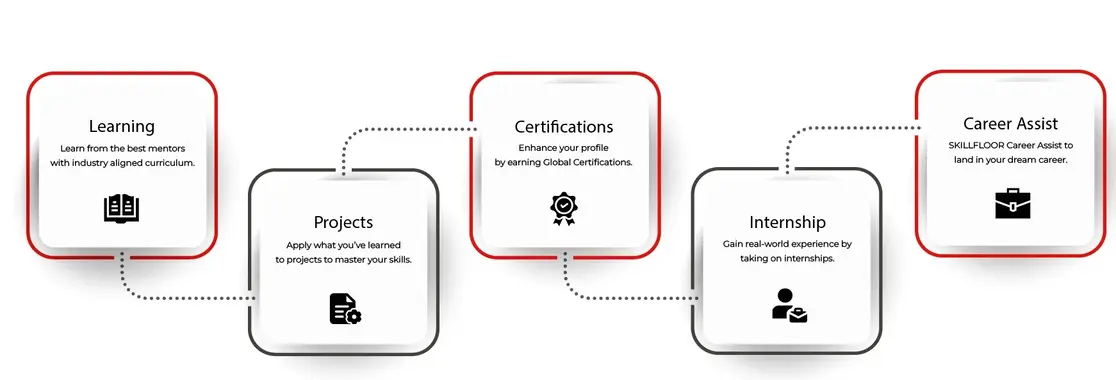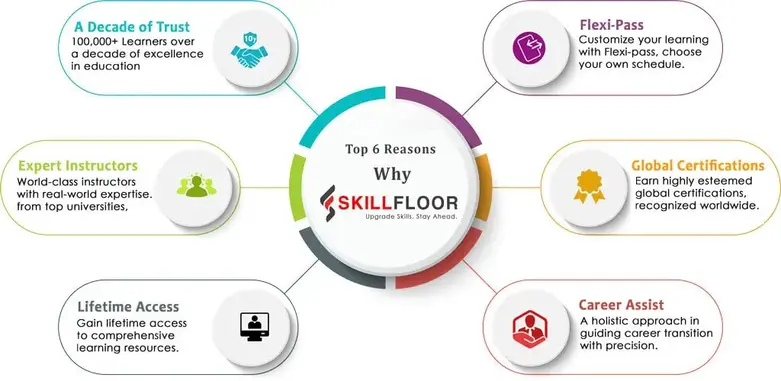

Cloud computing has revolutionized the technological landscape by offering a range of benefits to individuals and businesses alike. This method of delivering computing services over the internet has become increasingly popular due to its scalability and flexibility. The ability to easily adjust computing resources based on demand allows businesses to efficiently handle fluctuations in workload and optimize costs. Additionally, the cost-effectiveness of cloud computing stems from the shared infrastructure model, eliminating the need for significant upfront investments in hardware and software. Instead, businesses only pay for the resources they consume.
Furthermore, cloud computing has enabled unprecedented accessibility, as applications can be accessed from any device with an internet connection. This has been particularly valuable in facilitating remote work and ensuring business continuity. However, it is crucial to acknowledge the risks associated with cloud computing, such as security and privacy concerns. Businesses must rely on their cloud providers to protect sensitive data, emphasizing the need for robust security measures. Vendor lock-in is another challenge, as businesses can become dependent on a specific provider's services, making it difficult to switch or negotiate competitive pricing. In conclusion, while cloud computing offers numerous advantages, businesses must carefully consider and address the potential risks to fully harness its benefits.
Introduction to Cloud Computing: Learn what cloud computing is and how it works, including basic concepts like servers and data storage.
Cloud Service Models: Understand different cloud service models like Infrastructure as a Service (IaaS), Platform as a Service (PaaS), and Software as a Service (SaaS).
Cloud Deployment Models: Explore various deployment models such as public cloud, private cloud, and hybrid cloud, and their differences.
Cloud Security Basics: Get an overview of cloud security measures and best practices to protect data and applications in the cloud.
Cloud Storage Solutions: Discover popular cloud storage solutions like Amazon S3, Google Cloud Storage, and Microsoft Azure Storage.
Virtualization: Learn about virtualization technology, its role in cloud computing, and how it helps in resource optimization.
Scalability and Elasticity: Understand the concepts of scalability and elasticity in cloud computing and how they enable flexibility in resource allocation.
Cost Management in the Cloud: Gain insights into cost management strategies for optimizing cloud spending and maximizing ROI.
Cloud Migration: Explore the process of migrating applications and data to the cloud, including challenges and best practices.
Emerging Trends in Cloud Computing: Stay updated on the latest trends and developments shaping the future of cloud computing, such as serverless computing and edge computing.


Fundamentals: Learn the fundamentals of cloud computing and establish the groundwork for a prosperous career in the quickly expanding cloud sector.
Real-world experience: Through interactive labs and projects, gain real-world experience while honing the skills necessary to successfully design, implement, and manage cloud-based solutions.
Learn from professionals: Learn from top professionals in the field and get professional advice on cloud computing best practices and new developments.
Gain the skills: Become more employable and gain the skills that companies looking to migrate to cloud-based infrastructures are looking for.
learning community: Become a part of a peer-led and mentor-supported learning community that promotes cloud computing cooperation and knowledge exchange.
Personalized training: Get individualized comments and direction from knowledgeable teachers to guarantee a customized learning environment that satisfies your unique objectives.
Tools and resources: Get access to state-of-the-art tools and resources, such as software, cloud platforms, and documentation, to help you on your learning path.
Networking: To increase your contacts and gain access to possible career prospects in the cloud business, network with other experts and enthusiasts who share your interests.
Certification: Get ready to obtain certifications that the industry recognizes, proving your knowledge and boosting your reputation in the cloud computing space.
Career: Gain the expertise needed to drive innovation and growth in contemporary businesses by learning cloud computing techniques, and put yourself in a successful position for the digital age.
